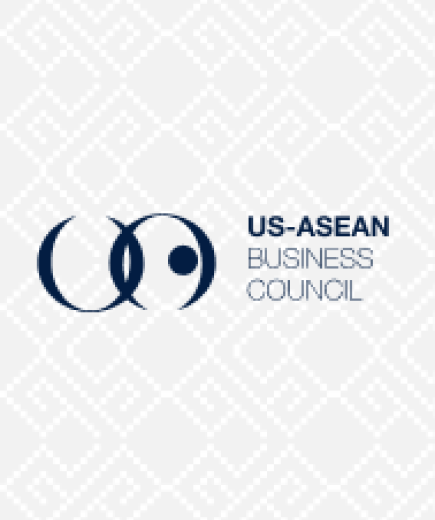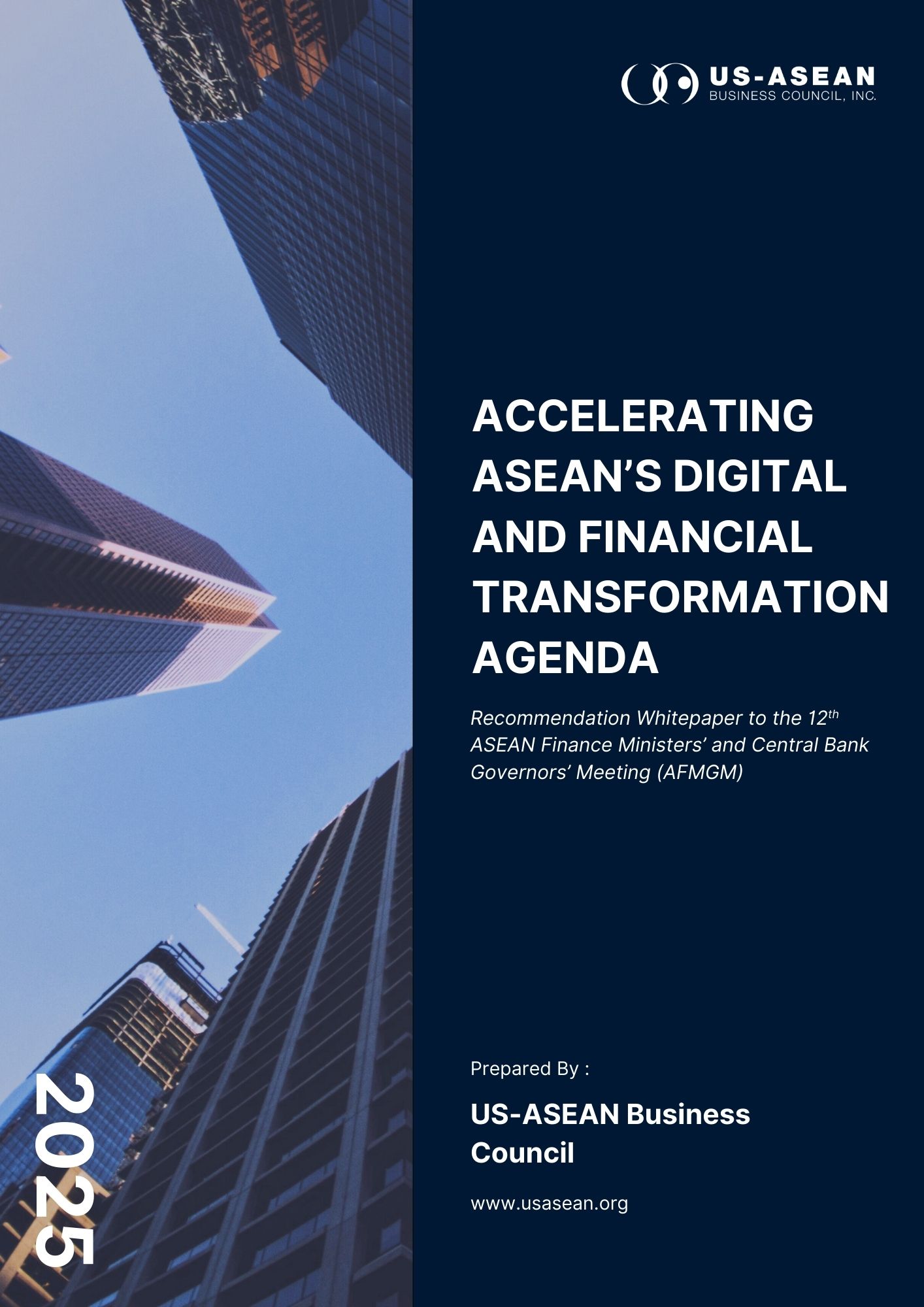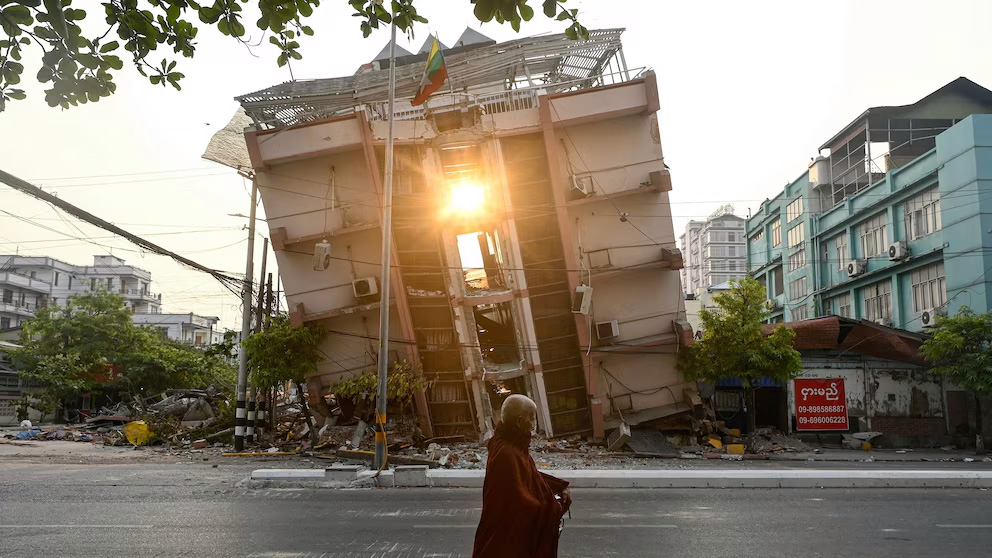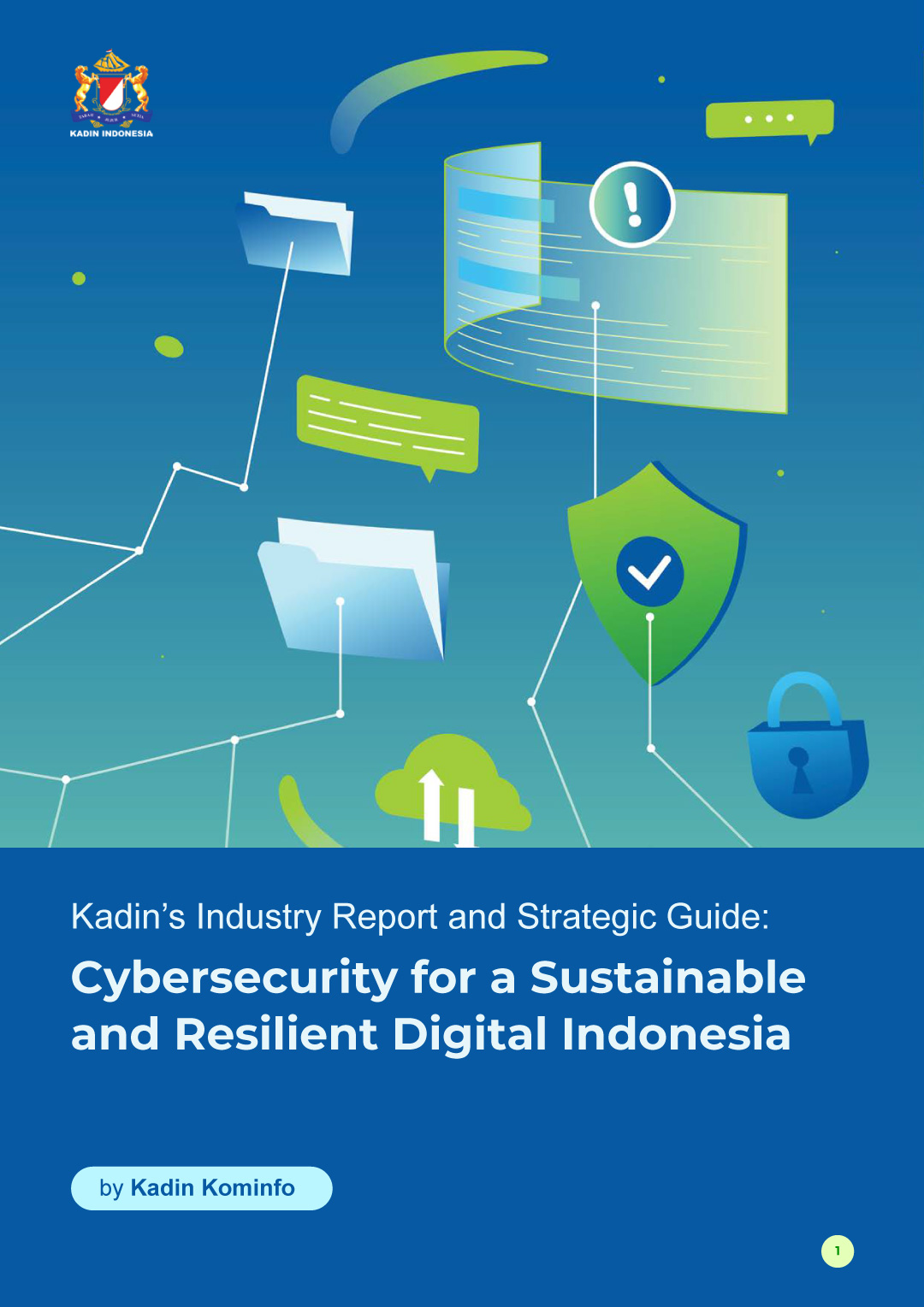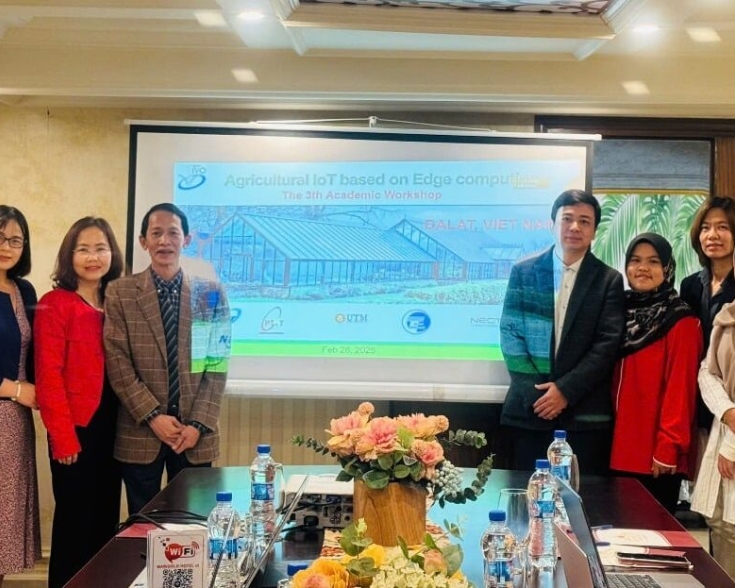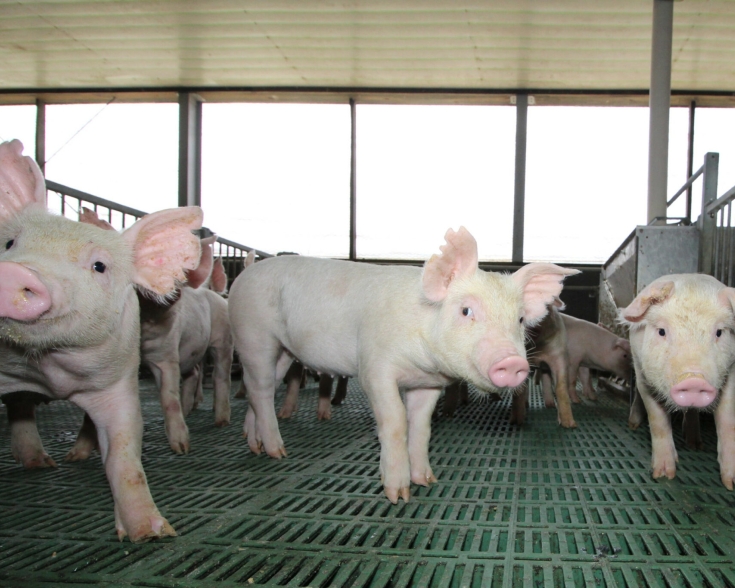Vietnam’s $67 Billion High-Speed Railway Project
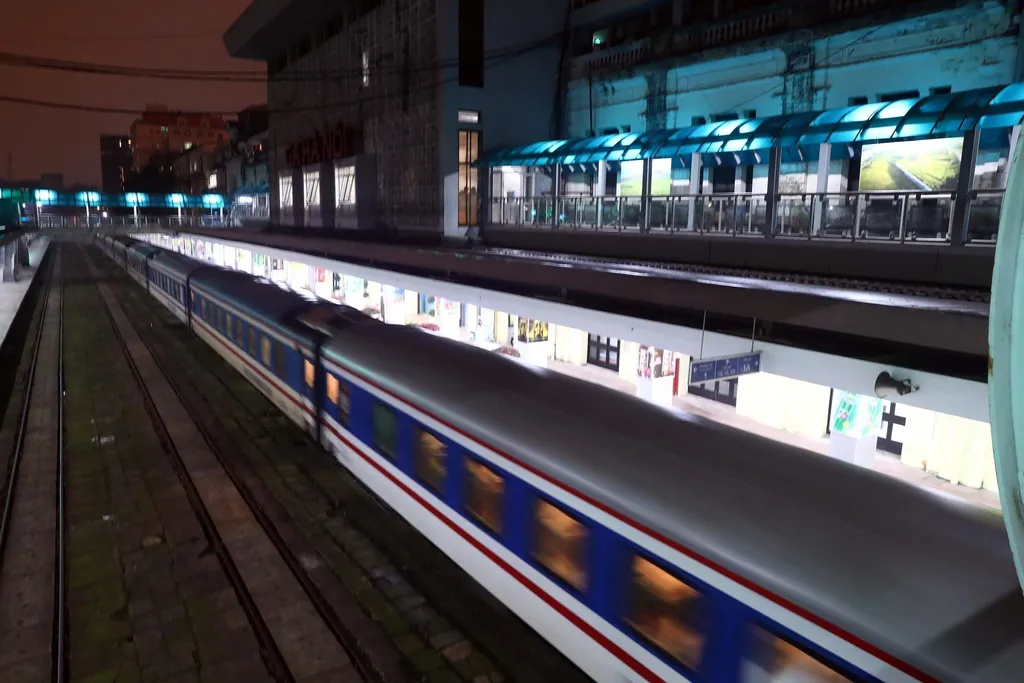
Vietnam's Politburo, the country's highest decision-making body, has pushed forward the much discussed and long-awaited North-South high-speed railway project during a meeting on September 18, emphasizing its projected significant socioeconomic impact. The mega project is now set for completion in 2035, a decade earlier than the original 2045 deadline initially set by the Politburo. Identified as the "backbone" of Vietnam's transport infrastructure, the North-South high-speed railway will connect urban railways with major economic centers, seaports, airports, and international borders.
The Ministry of Transport (MOT) revealed on October 1st that the high-speed railway is set to beginconstruction by 2027. Spanning 1,541 kilometers, the line will connect 20 provinces and cities from Hanoi to Ho Chi Minh City. With a designed speed of 350 km/h, the new line will reduce travel time between Hanoi and Ho Chi Minh City to 5.5 hours, a dramatic improvement over the current journey time of over 30 hours on the existing North-South railroad. The high-speed railway system will feature 23 passenger stations and five freight stops, expanding on previous plans that proposed only 14 passenger stations and no freight stops.
With an estimated total cost of US$67.34 billion—averaging about US$43 million per kilometer—this is by far the most expensive project in Vietnam's history. Several international partners, including Japan, China, and South Korea, have expressed interest in participating in the project. However, it was reported that the Politburo and the Party Central Committee (PCC) want to avoid dependency on foreign funding due to potential conditions tied to loans and will prioritize self-reliance for this high-speed railway project.
Funding for the project will primarily derive from the central budget, government bonds, contributions from local governments, and low-cost loans, according to Deputy Minister Nguyen Danh Huy of the MOT. The funding allocation is projected to span approximately 12 years, averaging about US$5.6 billion annually, representing roughly 16.2% of public investment during the 2026-2030 period, assuming Vietnam maintains its current medium-term public debt ratio of 37% to 38% of GDP. The Deputy Minister emphasized that if foreign loans are utilized, they will be manageable and not impose significant conditions, with technology transfer being a key requirement.
The North-South high-speed railway is an ambitious infrastructure initiative of considerable scale, necessitating meticulous planning and execution. Given that Vietnam lacks experience in constructing high-speed railways and that site clearance can take between three to six years, special policies and mechanisms will be implemented to ensure efficient site clearance, resettlement, and technical infrastructure development. Additionally, comprehensive workforce training will be planned.
The technical dossier will be submitted to the 15th National Assembly for review and decision, with proposals for investment mechanisms and policies presented for feedback during the upcoming National Assembly’s 8th session in October. The bidding process for selecting international consultants is expected in 2025-2026.


